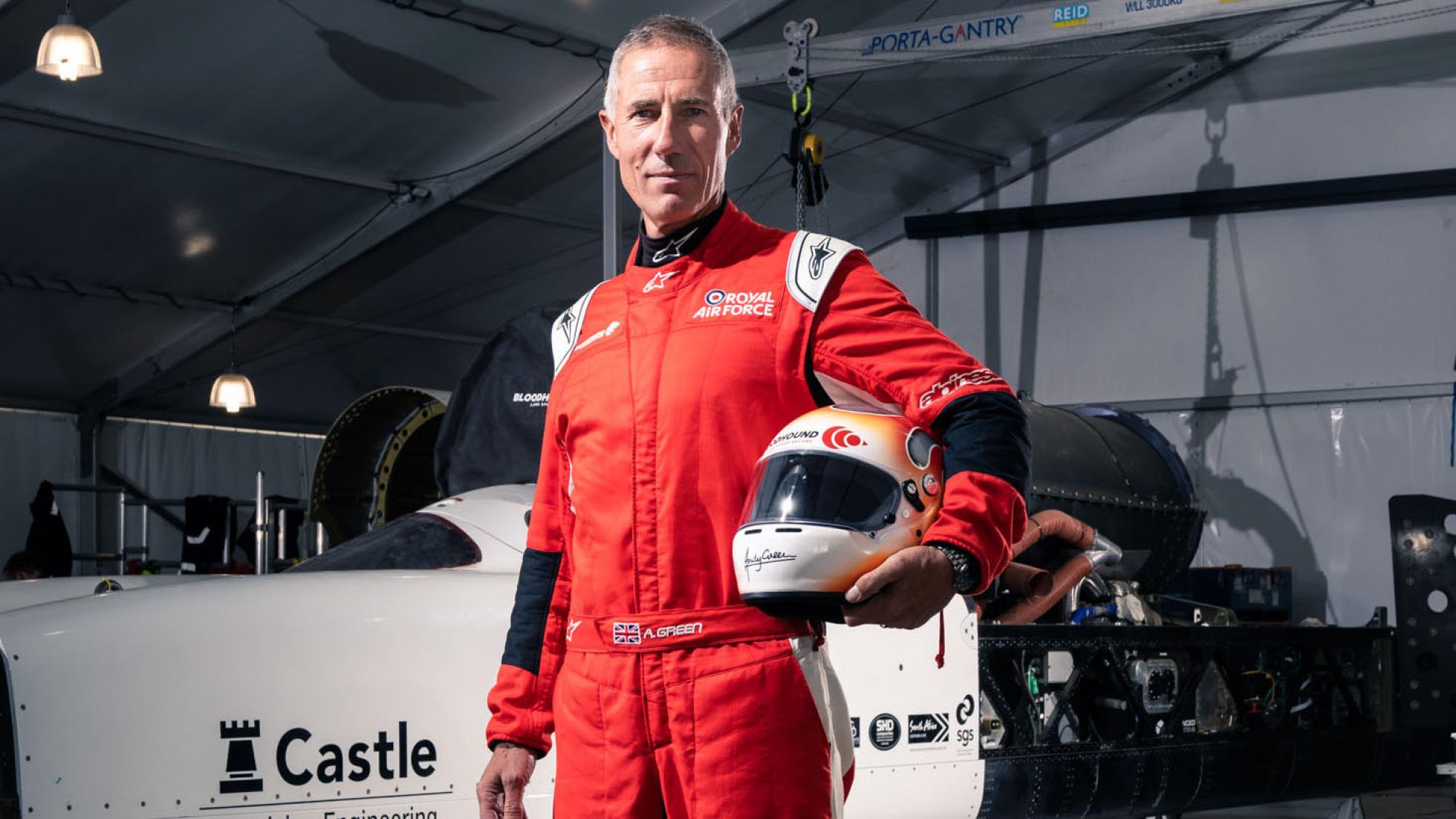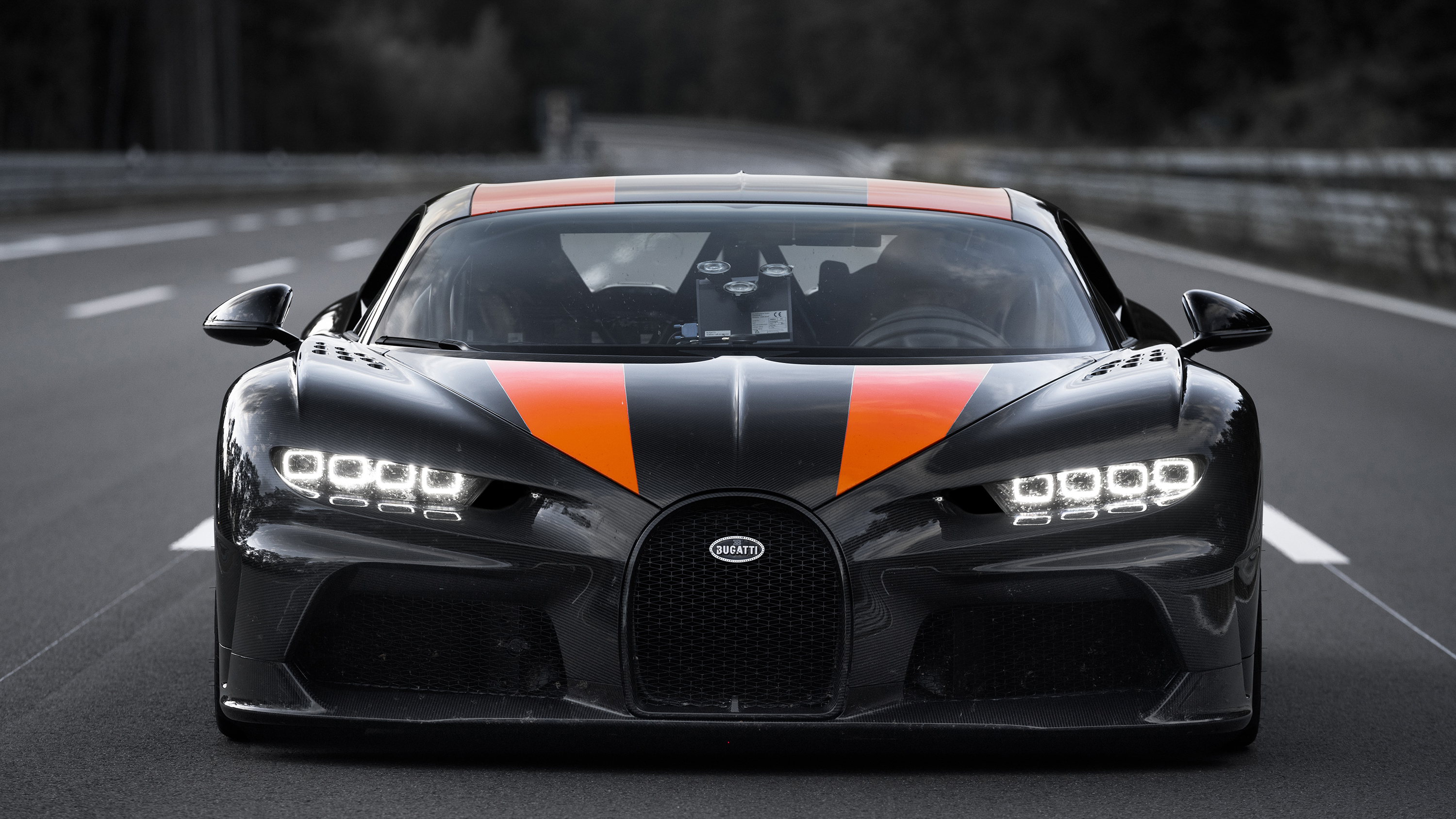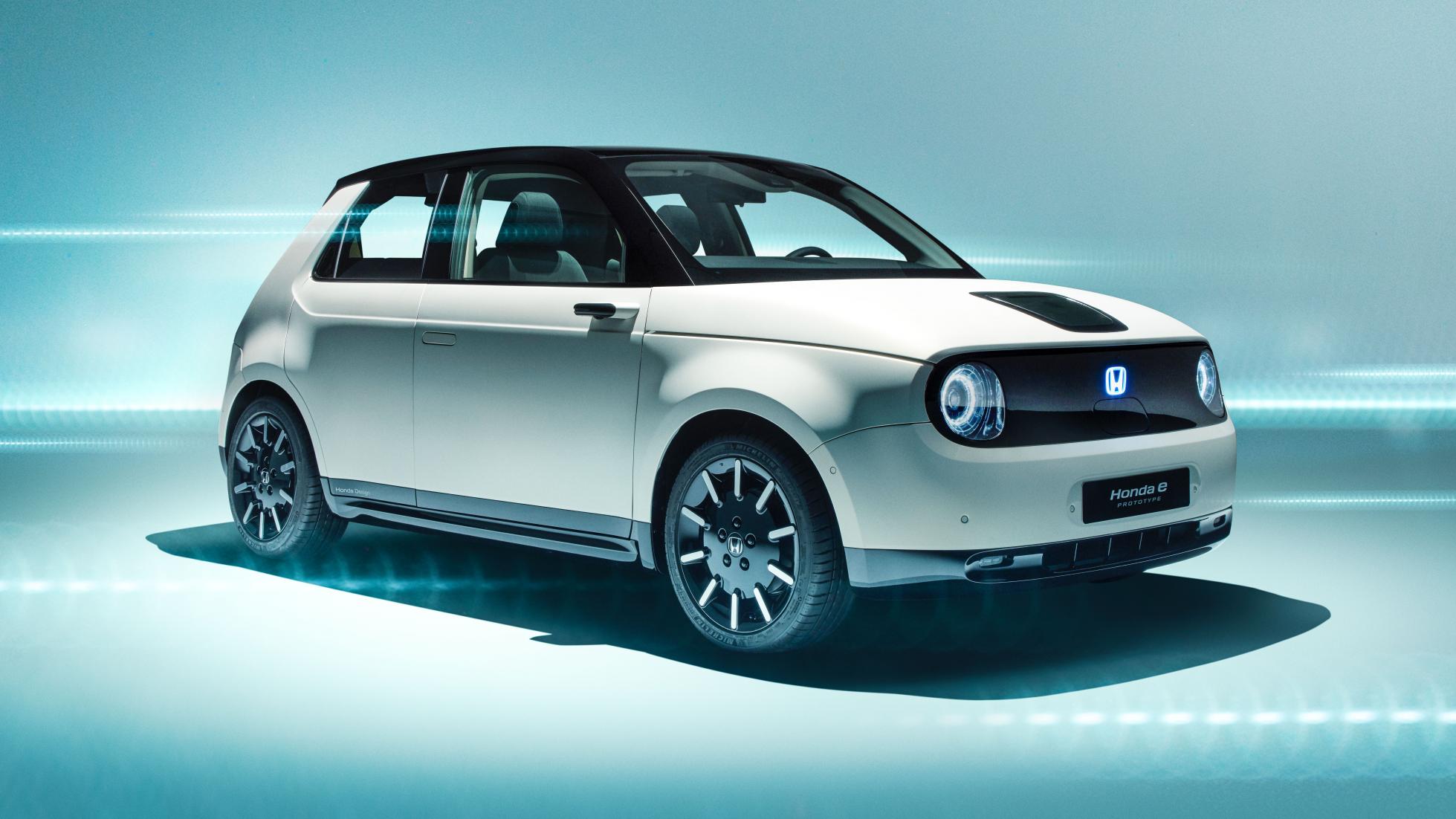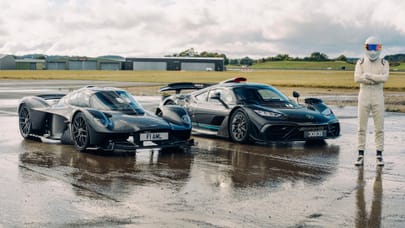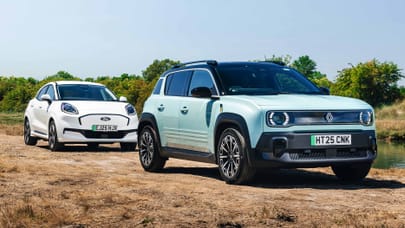
TG's big 2019 round-up: who's had a good year?
Somewhat improbably, 2019 was a great year for going really fast AND going green
It was a good year for the simplest automotive pursuit of all: going very fast in a straight line. Simple, that is, until you stop to consider the endless subtle ways brutal physics conspires to extract its exorbitant price for every precious mph gained. And the courage and complex skills of those in the driving seats, Andys Green and Wallace.
Bloodhound LSR looked doomed, but at the turn of the year it was bought out of receivership by the admirable Ian Warhurst. This blood-curdling jet-powered monster, 10 years in the making, is now doing 628mph runs in the South African desert, towards next year’s attempt to perhaps double that speed.
Meanwhile, Bugatti got its super-luxurious Chiron past 300mph, but not quite with standard bodywork. So it launched an edition of 30 with the long-tail low-drag body, et voilà, the world’s first 300mph production car. No one will go that fast or anywhere near, but even so they’ll be glad to know that Germany’s parliament this year again hoofed out a proposal that the existing unlimited sections of Autobahn be reduced to 130kph (81mph).
Those special Chirons sell for £4.2 million each, but that’s a snip alongside the lovely Centodieci, a modern riff on the Bugatti EB110, a car that itself richly deserves at last to emerge from the shadows of history. There are 10 Centodiecis at £9m each. And don’t forget La Voiture Noire, reputed to be priced well north of that.
The limited-editions market went a bit crazy, with Ferrari and Aston aiming to sell substantial numbers of ultra-high-priced specials, and Lamborghini’s Siån and Porsche’s 935 joining in. The main reason they can command such prices is that there will always be more demand than supply. Towards the end of the year, that precarious formula seemed to be in danger of overbalancing, so 2019 might have seen the phenomenon peak.
If you want to make enough money to buy one, become an M&A banker. This was another year for a car industry megamerger. At first it looked like Fiat-Chrysler (FCA) was going to do the deed with Renault, but that was kyboshed by the French government, which still has a big influence over Renault. And the PSA Group (Peugeot, Citroen, DS, Opel, Vauxhall) seemed to be buying lots of flowers and boxes of chocolates for Jaguar Land Rover. Then all of a sudden, it had hopped into bed with FCA.
It’s a deal that makes some kind of sense, as PSA is strong in Europe (and deftly turned around Vauxhall-Opel soon after buying it) while FCA does its best business in big American cars and pickups, and the profitable Jeep. The combined company, likely the fourth biggest carmaker in the world, will be able to save big in purchasing and share platforms. Both sides have been laggards in the investment for EV and connected-car tech, so now they should jointly have the heft to do something about it.
The team behind Formula E turned to off-road racing, planning to take their new species of super-quick electric all-terrain machine to the ends of the Earth – jungle, ice cap, desert. But in a, y’know, sustainable way, with pits, broadcast centre and hospitality all in a converted cargo ship. It’s certainly got drivers interested, with world champions from several serious formulas lining up for the first season, 2021.
Electric road cars had a good year. Yet the new wave of EVs still felt like a thing in waiting. We got the Audi and Porsche, yes, but most will arrive in 2020, in part because that’s when the CO2 emission penalties hit manufacturers really hard.
We saw some attractive affordable EVs, including the Honda e, VW ID.3, Mini e, Peugeot e-208 and Mustang Mach-E, plus unaffordable ones from Rimac, Lotus, Lagonda and Pininfarina. But can we buy them yet? Er, cough... car industry looks at its shoes. Oh, and on the topic of EVs, we never even saw the Dyson, not because making EVs is any longer all that hard, but because making money from making EVs is very hard indeed.
Top Gear
Newsletter
Thank you for subscribing to our newsletter. Look out for your regular round-up of news, reviews and offers in your inbox.
Get all the latest news, reviews and exclusives, direct to your inbox.
Anyway, internal combustion isn’t dead. Mazda came out with the super-clever and pretty thrifty compression-ignition petrol engine, Skyactiv-X. The 48V mild hybrid petrol took off as a diesel alternative. And Ferrari promised it’ll bestow its world-famous V12s on the world for years to come. “Nobody needs 800bhp but everybody wants it,” development chief Michael Leiters told Top Gear. No sh*t, Sherlock.
Trending this week
- Car Review
BMW 1 Series




